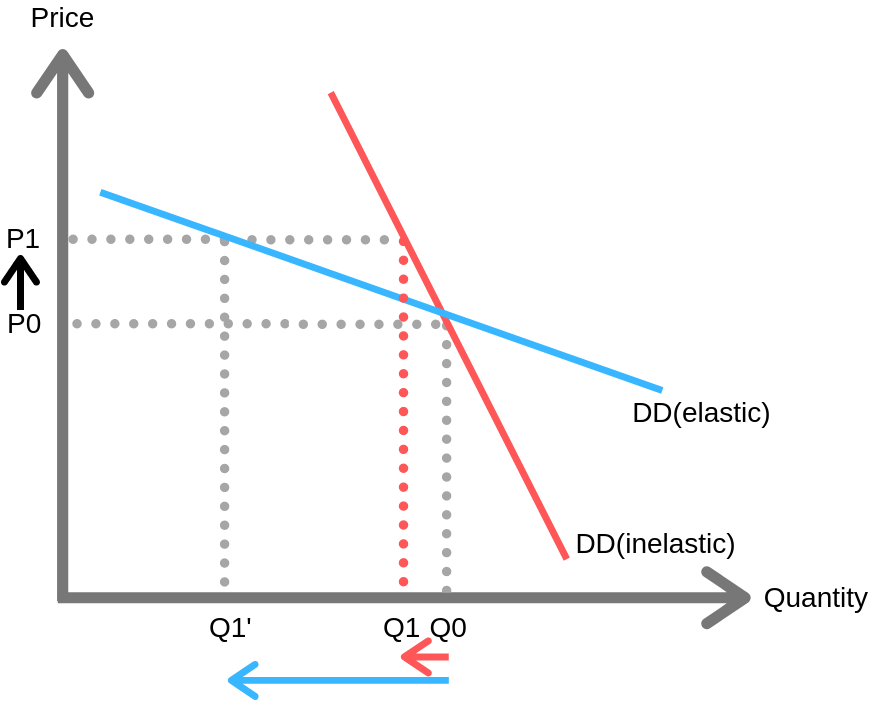Explain the factors that determine the price elasticity of demand, income elasticity of demand and cross elasticity of demand for a good. [10]
The Price Elasticity of Demand (PED) refers to the degree of responsiveness of the quantity demanded of a good to the change in its own price, ceteris paribus. The Income Elasticity of Demand (YED) refers to the degree of responsiveness of the demand of a good to the change in income, ceteris paribus. The Cross Elasticity of Demand (XED) refers to the degree of responsiveness of the demand of one good to the change in price of another good, ceteris paribus.
One factor that determines the PED of a good is the availability of substitutes. This refers to the degree of the closeness of goods that fulfil the same needs and wants. The closer the alternatives are in fulfilling the same needs and wants as a good, the more price elastic the good is. For example, in the sportswear industry, between Nike and Adidas, the shoes are price elastic as the shoes of both brands enable runners to run and therefore fulfil the same needs and wants.
Figure 1
Therefore, should either Nike or Adidas increase the price of their shoes as shown in Figure 1 from P0 to P1, consumers will switch to a cheaper alternative — i.e. other shoe brands — due to the high degree of closeness between the shoes, causing a more than proportionate decrease in the quantity demanded of Nike or Adidas shoes from Q0 to Q1’. Therefore, the availability of substitutes affects the PED of a good.
One factor that determines the YED of a good is the nature of a good. A good that is considered to be a necessity is less income elastic as compared to a good that is considered to be a luxury. For example, basic necessities such as food and medicine would be less affected by the change in consumers’ income. As consumers require these goods, they are hence less responsive to a change in income as consumers are willing to pay to purchase these necessities. On the other hand, luxury goods such as branded handbags and sports cars are considered less of a necessity and are therefore more income elastic. This is because these goods are not necessities and are not required in our everyday lives. As a result, luxury goods are more income elastic as consumers will only purchase these goods should they have the earning capacity to do so. Therefore, the nature of a good affects the YED of a good.
One factor that determines the XED of a good is the degree of necessity for the joint consumption of goods and services. This refers to the necessity of a good when consuming other goods, which are complements of one another. For example, goods such as SIM cards and handphones are strong complements. This is because consumers can only use their phones to call and message people when they have SIM cards. As a result, this causes the quantity demanded of SIM cards to be inversely proportional to the change in price of handphones.
Figure 3: SIM cards
When the price of handphones decreases as shown in Figure 2 from P0 to P1, this causes the demand curve for SIM cards to shift to the right from DD0 to DD1 as shown in Figure 3 as they are both strong complements and experience joint consumption. Therefore, the degree of necessity for the joint consumption of goods and services affects the XED of a good.
In conclusion, the above-mentioned factors are important in determining the pricing decisions of firms with respect to the PED, YED and XED of a good.
This Elasticity Concepts sample essay is part of Ace Your Econs’ 2nd publication, under Economics in Minutes, which can be found in all major bookstores.




